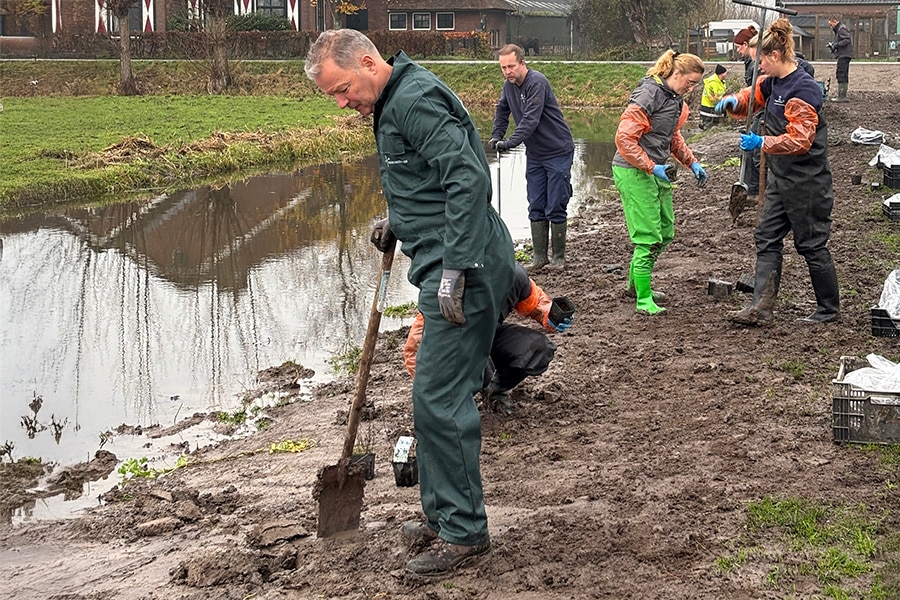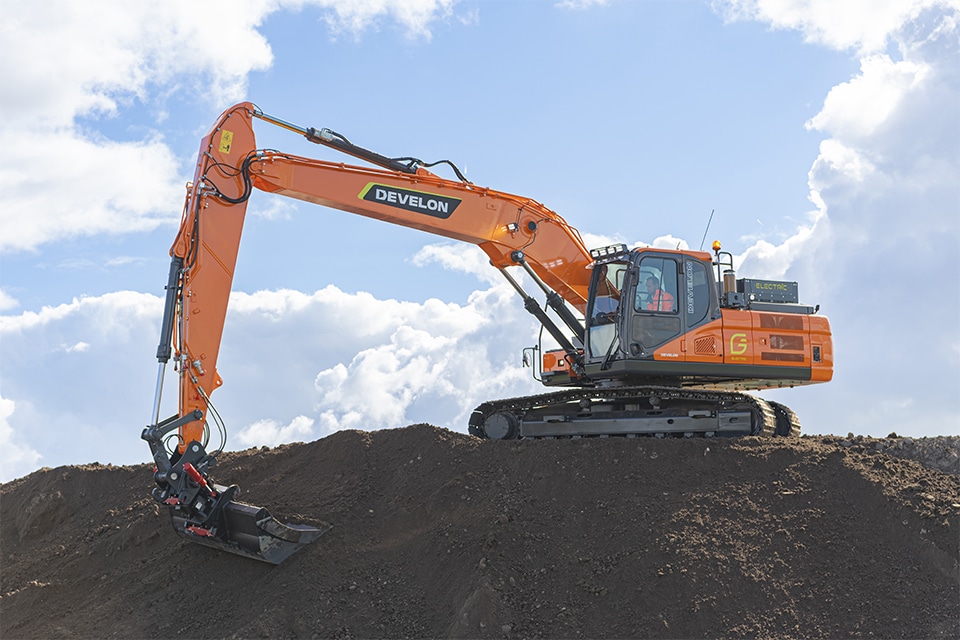
Certification R100
This applies to both diesel mobile excavators and electric excavators. In addition to the registration requirement for electric excavators, there will also be new regulations, including R100.02, which can be divided into two parts;
- (Electrical) Machine Safety
- REESS, Rechargeable Electrical Energy Storage Systems, freely translated; rechargeable electrical energy storage systems. This definition includes electrical energy carriers (such as a battery) that are used to provide energy for locomotion. This includes a battery that powers an electric excavator, but not, for example, a battery whose purpose is to start a diesel engine.

In this way, the machine is tested for safety for both the operator and the mechanic. The focus here is to prevent the operator or mechanic from being under electrical stress. In addition, the battery is tested to see if it is safe. The battery is tested under various conditions to rule out adverse side effects and make sure that no dangerous situations can arise.
To get electric excavators fully R100 certified, several points are being looked at.
- Electrocution protection for machinist and mechanic
- Protection against (in)direct contact
- Minimum resistance values; this section involves measuring the voltage between the various components and seeing if their protection is good. This involves looking at, for example, the resistance values between the high voltage system and the chassis of the electrical machine. This applies to both DC (= direct current) and AC (= alternating current).
- Requirements for machine connectors
- Functional safety requirements. Functional safety requirements that the machine must meet are;
- Providing a signal when the machine is in active drive mode
- Making it impossible for the machine to move when enclosed on a flatbed trailer, for example.
- Markings to be visible on the machine;
- High voltage markings (yellow stickers with a black voltage icon)
- Orange cables for high voltage provided they are not covered by formwork (enclosures)

All of the above points contribute to making our machines safe. For example, we want to prevent the operator or mechanic from coming into contact with high voltage, which is of course life-threatening. In the Netherlands, we are one of the leaders in safety measures. This creates a safe working environment and hopefully we can be an example for other countries.
Would you like to take in even more information on this topic? Then please refer to this document: https://unece.org/fileadmin/DAM/trans/main/wp29/wp29regs/2013/R100r2e.pdf




